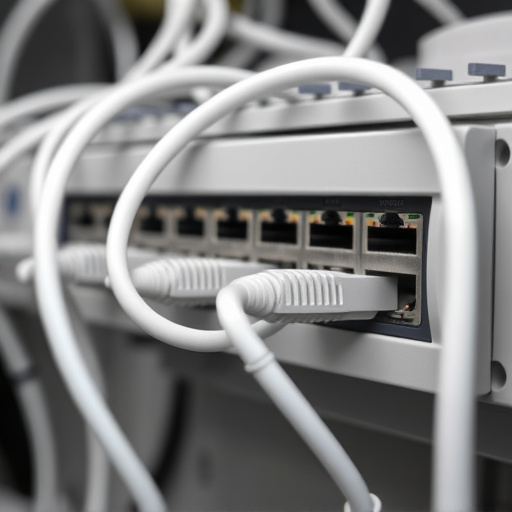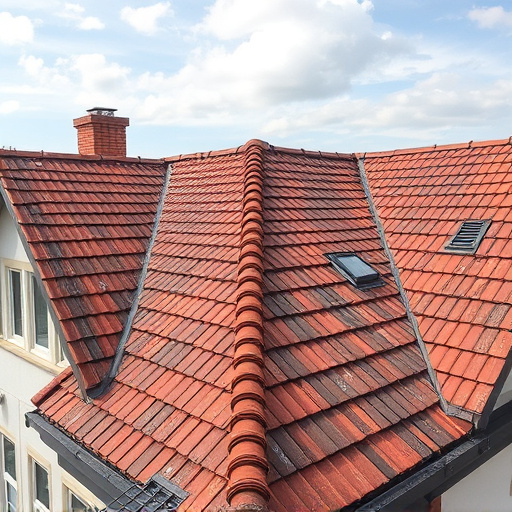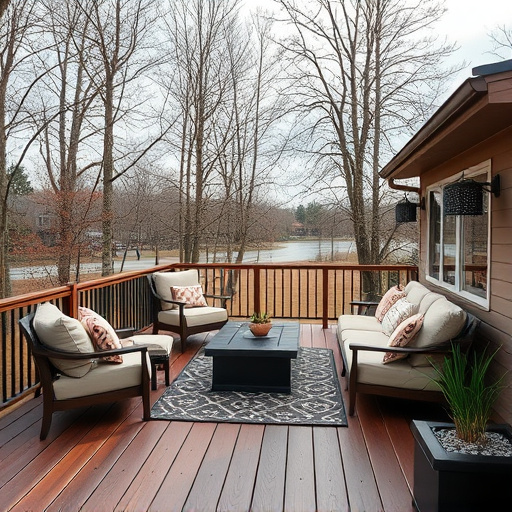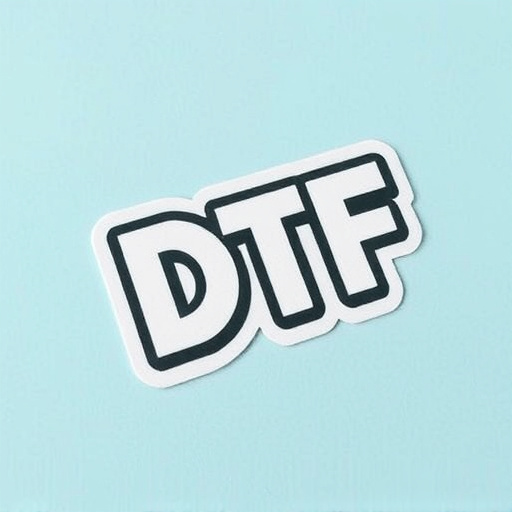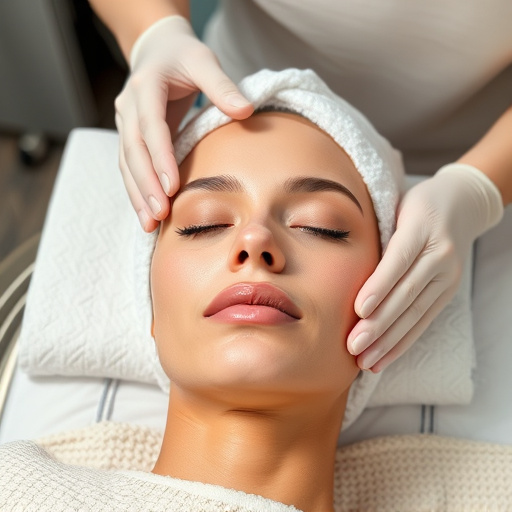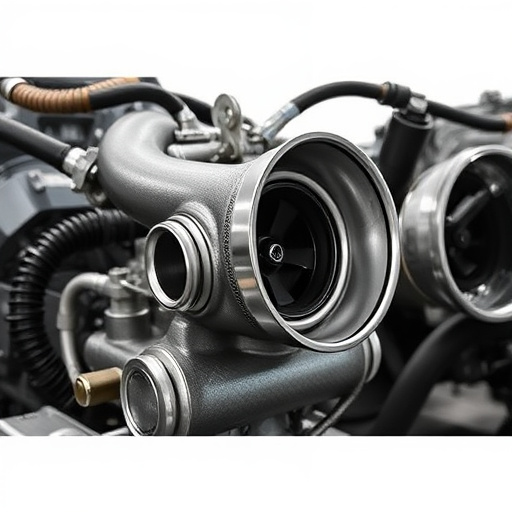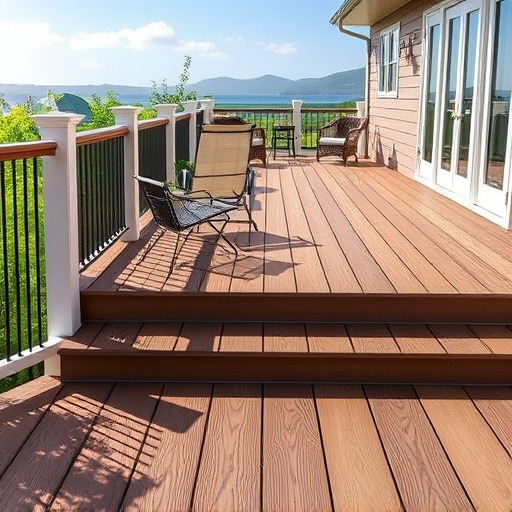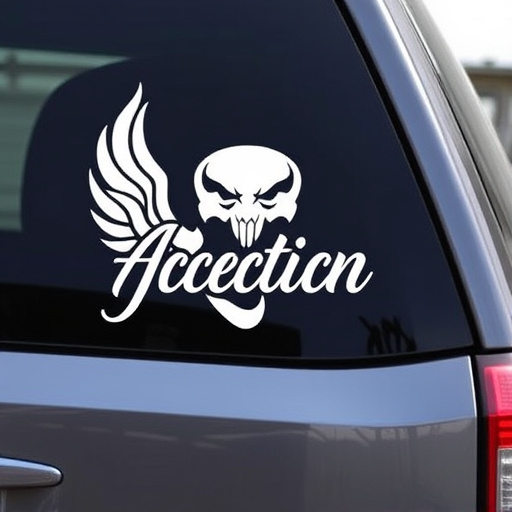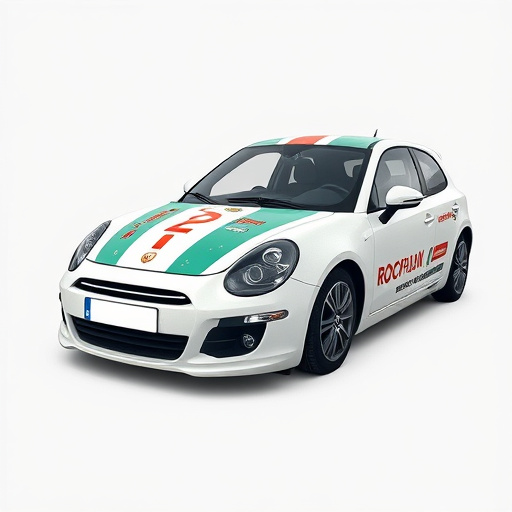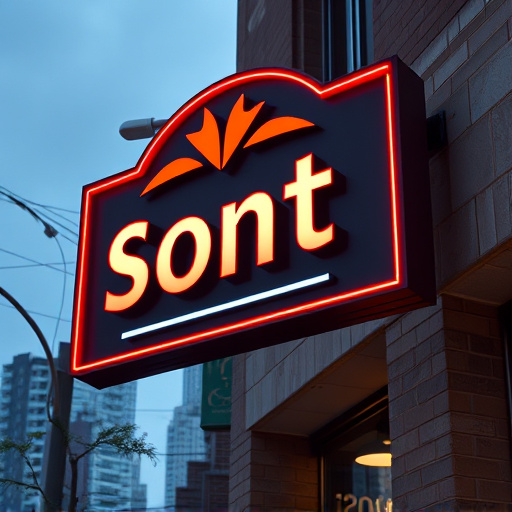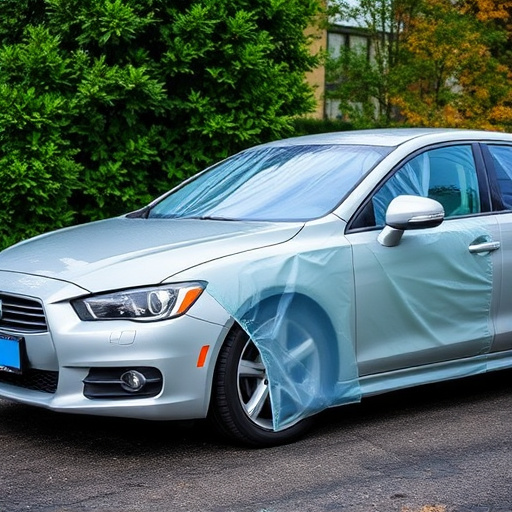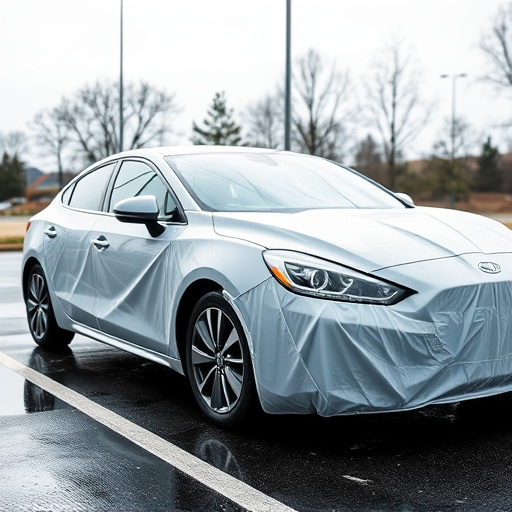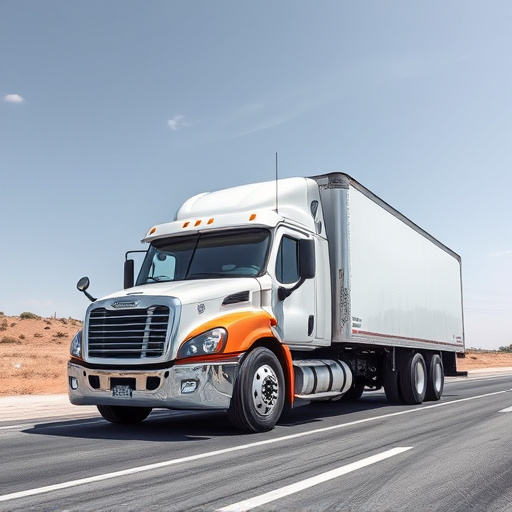Understanding automotive wrap finishes is key for vehicle protection and aesthetics. Gloss finish wraps offer a high-gloss look, heat rejection, and superior scratch protection, ideal for maintaining car exterior condition while enhancing its appearance. They require skill to apply, are sensitive to damage, and frequent replacements may have long-term costs. Best suited for those wanting frequent style changes. Balancing aesthetics and functionality is crucial; protective coatings in extreme weather are recommended. Ceramic window tinting with satin or chrome finishes offers a subtle yet sophisticated alternative.
“Discover the allure of gloss finish wraps as we unravel the intricacies of different surface finishes. In this comprehensive guide, we’ll explore how gloss wraps stack up against their satin and chrome counterparts. Learn about each finish’s unique characteristics, advantages, and potential drawbacks. From enhancing aesthetics to functional considerations, understanding these nuances is key to selecting the perfect finish for your project. Uncover why gloss finish wraps might be the ideal choice, or perhaps not, depending on your specific needs.”
- Understanding Finish Types: Gloss vs Satin vs Chrome
- Advantages and Disadvantages of Gloss Finish Wraps
- Choosing the Right Finish: Factors to Consider for Your Project
Understanding Finish Types: Gloss vs Satin vs Chrome
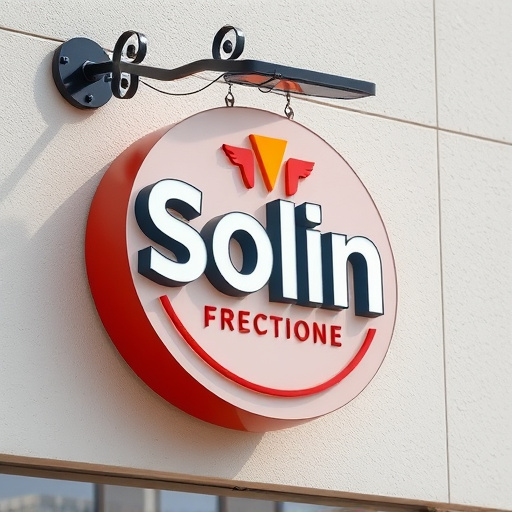
When it comes to automotive wraps, understanding the finish types is key to making an informed decision for your vehicle’s protection and aesthetics. The primary distinction lies between gloss finish wraps, satin finishes, and chrome coatings. Each offers unique characteristics that cater to different preferences and needs.
Gloss finish wraps are renowned for their high-gloss, mirror-like appearance, reflecting light dramatically and enhancing the overall look of a vehicle. They provide excellent heat rejection properties, making them popular choices for those seeking both style and functionality. Moreover, gloss finishes offer superior scratch protection, creating a durable barrier that safeguards the underlying surface from everyday wear and tear. This makes them ideal for maintaining the pristine condition of your car’s exterior.
Advantages and Disadvantages of Gloss Finish Wraps
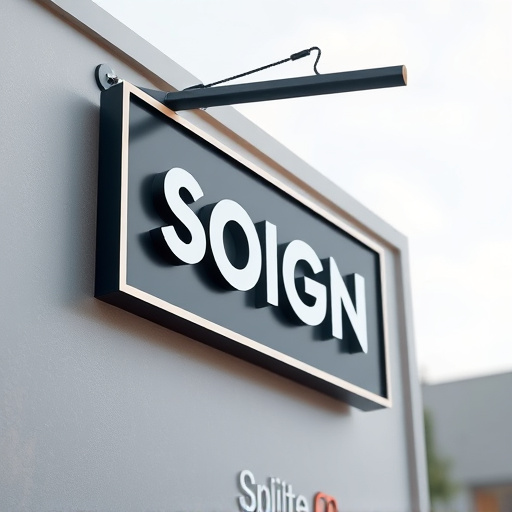
Gloss finish wraps offer a sleek and modern aesthetic to vehicles, providing an alternative to traditional painting. One of their primary advantages is durability; these wraps are designed to withstand harsh weather conditions, including UV rays, ensuring long-lasting protection for the underlying surface. They also provide an excellent way to customize vehicle appearances without the permanent commitment of painting, allowing for frequent changes in style and color.
However, gloss finish wraps have some drawbacks. The application process requires skill and precision, making it a complex task for beginners. Additionally, these wraps are more sensitive than paint and can be easily damaged by rough handling or exposure to harsh chemicals. Another consideration is the cost; while gloss finishes can be cost-effective in terms of initial installation, the long-term expenses of frequent replacements or touch-ups may outweigh the benefits for some vehicle owners.
Choosing the Right Finish: Factors to Consider for Your Project
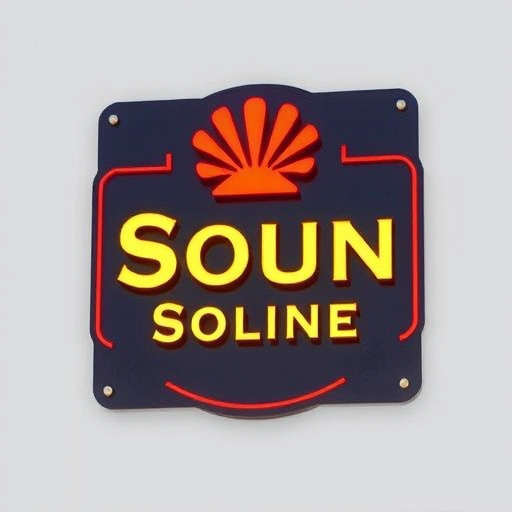
When selecting a finish for your project, several factors come into play, ensuring the perfect blend of aesthetics and functionality. Gloss finish wraps offer a high-gloss, shiny appearance that’s highly reflective, making them ideal for cars, motorcycles, or even custom graphics on signs. Their smooth surface provides excellent durability against scratches and fading, enhancing the overall look and longevity of your project.
Considerations like climate and environmental conditions play a crucial role. In regions with extreme weather changes, protective coatings might be necessary to safeguard the gloss finish from chips, cracks, or peeling due to frost, snow, or intense sunlight. Moreover, if you’re opting for ceramic window tinting, satin or chrome finishes could provide the right balance between visual appeal and reduced glare, offering a subtle yet sophisticated touch to your design project.
When considering gloss finish wraps, understanding their unique characteristics is key. This article has outlined the distinct features of gloss, satin, and chrome finishes, along with their pros and cons. By weighing factors like durability, shine level, and application ease, you can make an informed decision for your project. Whether you’re enhancing automotive exteriors or creating eye-catching packaging, selecting the right finish—in this case, gloss finish wraps—is a game-changer.
